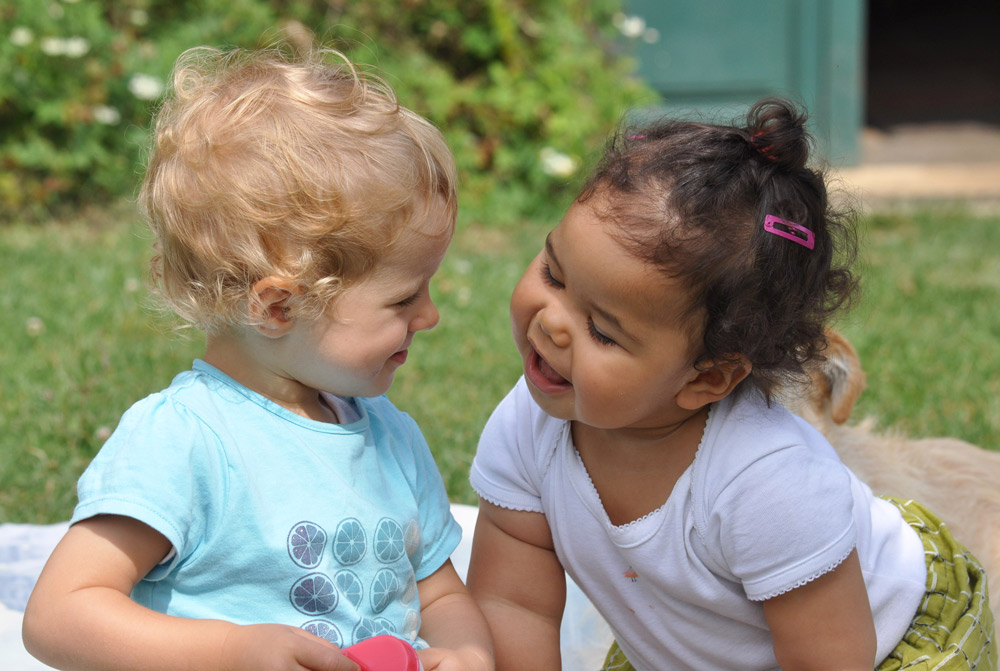News release
From:
Schoolchildren cooperate more successfully with non-kin than with siblings
He ain’t helping, he’s my brother – Contrary to findings in adults, children cooperate better with non-relatives than siblings. This study found 3- to 10-year-old French schoolchildren cooperated less successfully with siblings than with non-kin children, even if they weren’t friends. Furthermore, children with larger social networks cooperated better and the perception of friendship among non-friends improved after cooperating. (Images available)
The expression “blood is thicker than water” illustrates the common view that familial bonds are stronger than other social bonds. While human adults clearly prefer to cooperate with family members, a recent study investigates if the same is true for children. Surprisingly, the authors show that children cooperated better with non-relatives than siblings. Cooperation increased perceptions of friendship among non-friends which should help children expand their social network and improve future success. This new result shows that preferences in cooperation are not stable through life and challenges our understanding of the development of cooperation in humans and other longer-lived organisms.



 International
International


